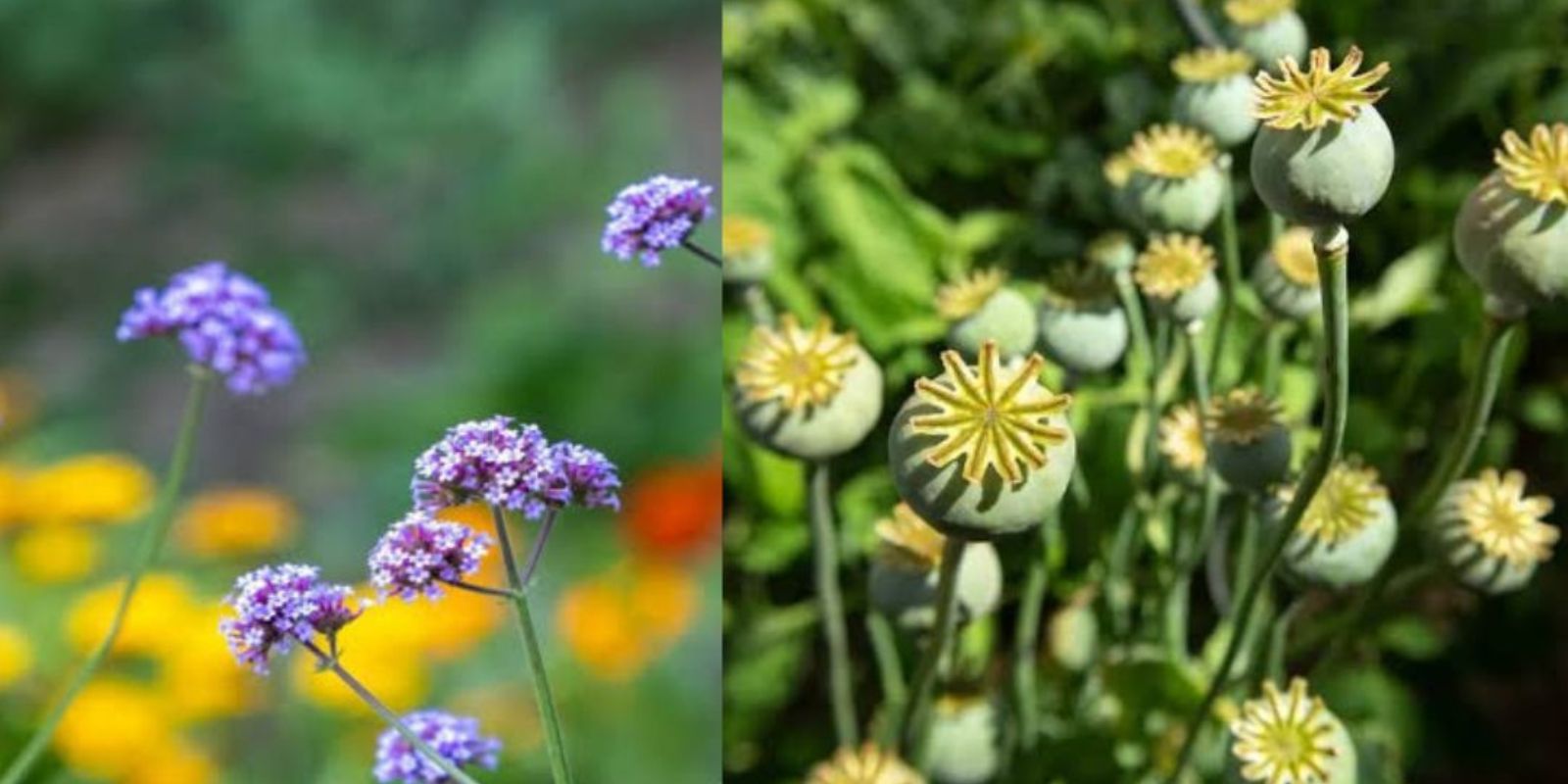Introduction
Imagine having a thriving, lush garden that practically grows itself! Self-seeding plants are nature’s way of ensuring survival—these plants drop seeds after blooming, allowing them to regrow season after season with minimal effort from the gardener. This not only saves time and energy but also keeps your garden vibrant without needing constant replanting.
Whether you’re a beginner gardener or an experienced green thumb looking to simplify your routine, self-seeding plants are a fantastic addition to any garden. In this article, we’ll explore 10 of the best self-seeding plants that will keep coming back year after year, making gardening easier and more rewarding.
1. Nasturtium (Tropaeolum majus)
Why It’s Great:
- Edible flowers and leaves with a peppery taste.
- Natural pest repellent—great for companion planting.
- Attracts pollinators like bees and butterflies.
How to Grow:
Simply let the flowers bloom and go to seed. Once they drop, nasturtiums will sprout in the same area next season. They thrive in well-drained soil and need full sun to partial shade.
2. Calendula (Calendula officinalis)
Why It’s Great:
- Bright orange and yellow blooms add beauty to any garden.
- Medicinal properties—used in skincare and herbal remedies.
- Hardy and easy to grow, even in poor soil.
How to Grow:
Allow the flowers to dry out and drop their seeds. Calendula self-seeds easily and is known to bloom throughout the year in mild climates. Deadheading flowers can extend blooming time.
3. Cilantro (Coriandrum sativum)
Why It’s Great:
- Two-in-one herb—leaves for cooking, seeds (coriander) for spice.
- Great for attracting beneficial insects like ladybugs.
- Quick grower—can regrow within a few weeks.
How to Grow:
Let the plant flower and produce seeds, then allow them to scatter. Cilantro prefers cool weather, so you may find it sprouting naturally in early spring or fall.
4. Dill (Anethum graveolens)
Why It’s Great:
- Aromatic herb perfect for pickling and seasoning.
- Attracts butterflies and pollinators.
- Excellent companion plant—helps deter pests.
How to Grow:
After flowering, dill produces tiny seeds that drop and grow the following season. It prefers full sun and well-drained soil. Be sure to leave some plants unharvested to encourage reseeding.
5. Poppies (Papaver spp.)
Why It’s Great:
- Gorgeous, colorful blooms that attract pollinators.
- Low-maintenance and drought-resistant.
- Symbolic and historically significant flowers.
How to Grow:
Poppies produce seed pods that, when dried, release thousands of tiny seeds. Scatter them in fall or early spring for a stunning display.
6. Basil (Ocimum basilicum)
Why It’s Great:
- Essential kitchen herb for fresh flavor in dishes.
- Strong fragrance deters pests like mosquitoes.
- Multiple varieties available (sweet basil, Thai basil, etc.).
How to Grow:
If you let basil flower, it will produce seeds that fall and regrow. To encourage more leafy growth, pinch off flowers—but leave a few at the end of the season to ensure reseeding.
7. Sunflowers (Helianthus annuus)
Why It’s Great:
- Stunning, tall flowers that brighten up any garden.
- Seeds provide food for birds and wildlife.
- Improves soil quality by pulling up deep nutrients.
How to Grow:
Sunflowers naturally drop their seeds, and birds help scatter them. If left undisturbed, you’ll likely see new sunflowers sprouting in the same area next year.
8. Arugula (Eruca vesicaria)
Why It’s Great:
- Fast-growing leafy green with a peppery flavor.
- Cold-hardy and thrives in cooler months.
- Self-seeds prolifically, ensuring a continuous harvest.
How to Grow:
Arugula bolts (flowers) quickly in warm weather. Let it go to seed, and it will return on its own in the next growing season.
9. Tomatillos (Physalis philadelphica)
Why It’s Great:
- Essential ingredient for salsa verde.
- Easy to grow with minimal care.
- Prolific self-seeder, ensuring more harvests.
How to Grow:
When tomatillos ripen, they drop their fruit, and seeds naturally replant. Just let some fruits fall to the ground, and you’ll have new plants sprouting next year!
10. Chives (Allium schoenoprasum)
Why It’s Great:
- Mild onion flavor for culinary use.
- Perennial herb that returns every year.
- Purple flowers attract pollinators.
How to Grow:
Chives self-seed by dropping tiny black seeds after flowering. If left undisturbed, they’ll expand naturally in your garden over time.
Benefits of Growing Self-Seeding Plants
1️⃣ Less Work for You – No need to replant every season.
2️⃣ Saves Money – Fewer seeds to buy each year.
3️⃣ Encourages Biodiversity – Attracts pollinators and beneficial insects.
4️⃣ Healthier Soil – Many self-seeding plants help improve soil structure.
5️⃣ Sustainable Gardening – Reduces waste and promotes a natural garden cycle.
Final Thoughts
Self-seeding plants are a gift from nature, making gardening easier and more sustainable. With these 10 resilient plants, you can enjoy a thriving garden year after year without the hassle of replanting.
💬 Do you grow any self-seeding plants? Which ones are your favorites? Share in the comments below! 🌱👇

